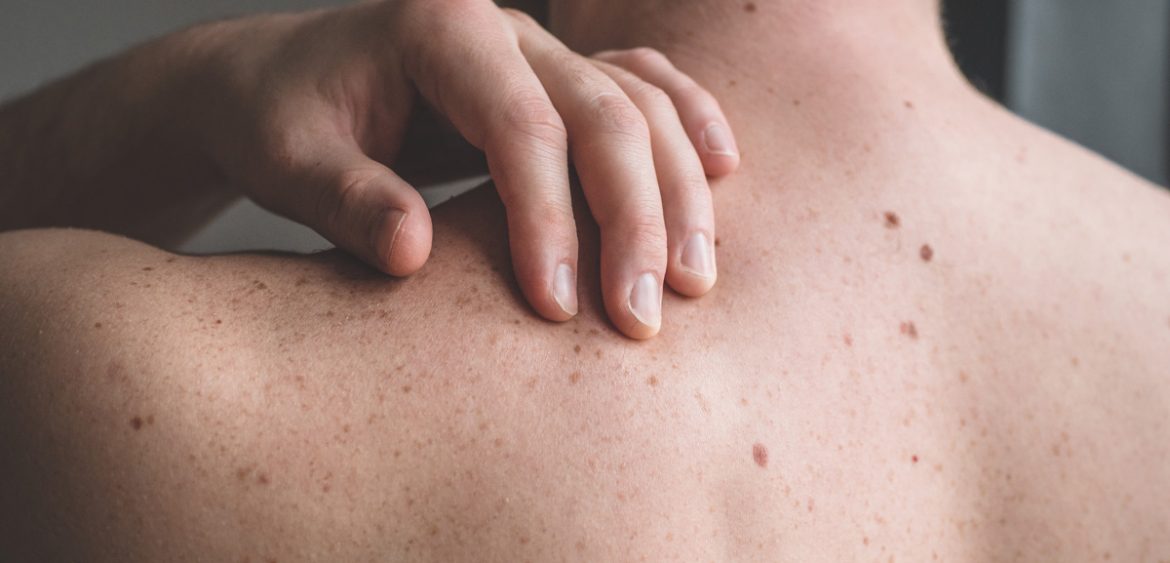Melanoma is a cancer that scares most of us, and for good reason.
We are the melanoma capital of the world, It is the number one cancer diagnosed in Australians in the 20-39 age group, and the 3rd most common across all age groups.
However, it drops to 11th place in the list of cancers likely to cause death.
This is because the chance of a cure for any cancer is closely related to detection time. Because melanoma is on the surface of our body, compared to internal cancer, it is much easier to detect in the early stages when surgery is more likely to be curative.
By contrast, melanoma diagnosed in the later stages has a much poorer outcome.
At least, that was the case until modern immunotherapy brought about a remarkable change. The “checkpoint inhibitors” are perhaps the best known of the new types of immunotherapies. As a result of these new medical treatments, in the ten years from 2011 to 2021, we saw an increase in the 5-year survival for advanced melanoma from less than 10% to more than 50%. In recognition of the incredible work done to establish the effectiveness of these treatments, Professors Georgina Long and Richard Scolyer were awarded the 2024 Australians of the Year.
The history of immunotherapy began in the 1890s when William Coley inoculated cancer patients with a streptococcal toxin obtained from the corpses of patients who had succumbed to erysipelas (a skin infection known back then as” St Anthony’s fire”). Though failing in his attempts, Coley’s vision to cure cancer by harnessing our inherent defence mechanisms was carried on by scientists over the next century. For anyone interested, the history of immunotherapy and its eventual success is told brilliantly by Charles Graeber in his bestselling novel “The Breakthrough”.
Even though immunotherapy has made the concept of cure a reality for advanced melanoma, our focus remains early detection, and prevention. Awareness of our skin and looking for new and changing skin lesions is crucial for early detection. Check the ABCDE guidelines for self-detection essentials. Regular skin checks by a specialist dermatologist are essential for higher-risk individuals. Digital imaging for total body photography is also now utilised to monitor moles and other skin lesions and diagnose skin cancer. This technology (Dermscreen) is available at Sky Blue Dermatology and is a convenient option as bookings can be made online and do not require a referral letter.






Sorry, the comment form is closed at this time.